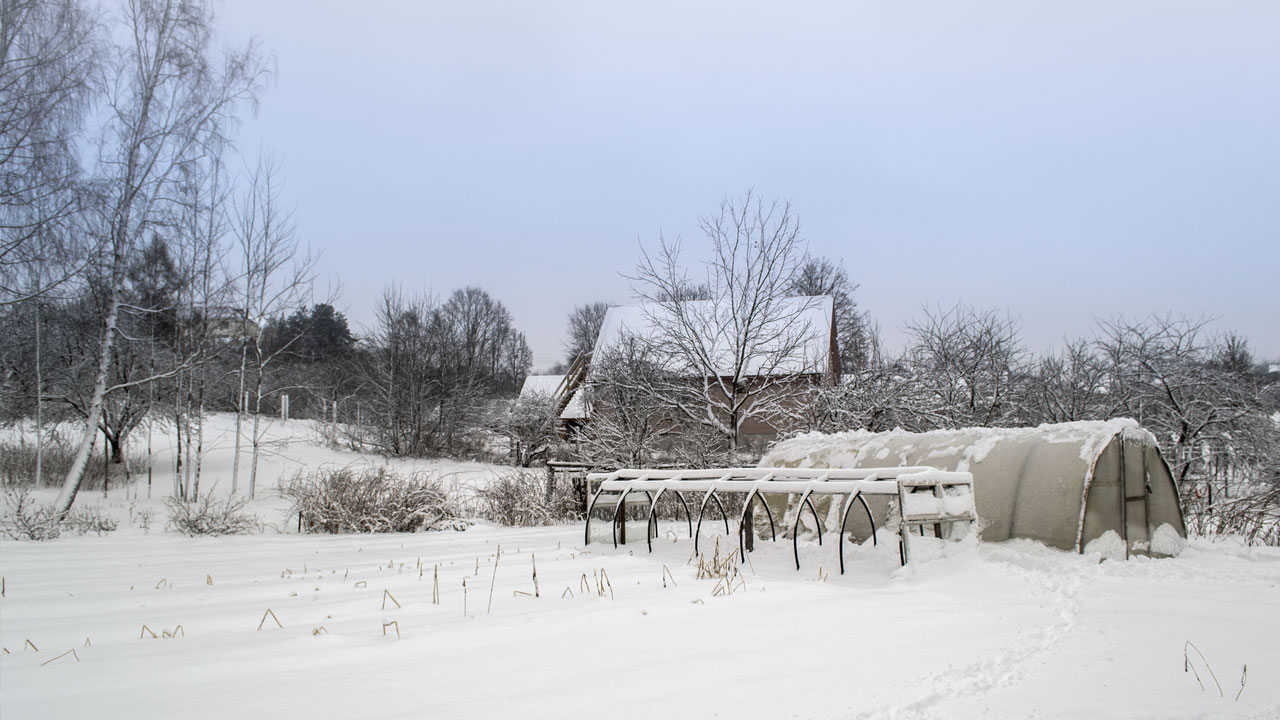Prepare Your Irrigation System for Winter: 6 Expert Tips from DripWorks
Sep 28th 2016
The time to put most gardens to bed is drawing closer as the days get shorter and the temperature drops. As we savor our garden’s bounty by canning, drying, freezing, and eating the wonderful fruits and vegetables, we must keep in mind that an unexpected frost might be on its way.
In most parts of the country there is a real concern about freezing and frost damage to a drip system during winter. There are two areas of concern: the beginning of the system (timer, valves, and filter) and low spots in the system where water may settle.
- Battery timers, filters, and regulators should be brought indoors with the batteries removed from the timers.
- When the battery timer is removed from the faucet and system, use the HPLUG to plug the beginning of the mainline tubing or use a plastic bag over the opening. Do not leave the lines open.
- After the main water supply is shut off, open all manual valves and set automatic valves to manual open. Remove all end fittings, drain any water, and then loosely replace the ends.
- In flat areas elevate the mainline to make sure all water drains out of the fittings.
- For low spots in the mainline tubing, either use a flush valve or insert a basic emitter at the lowest point.
- Another practice is to blow compressed air through the lines after opening the end cap.
To protect your late summer garden and extend your growing season, a protective lightweight row cover material such as Agribon protects early and late season crops from both wind and frost. It can be placed over your veggies and weighted down with wood or metal stakes. Heavyweight galvanized loop hoops are available to help support the row cover fabric.
For a chance of all year gardening Dripworks offers hoop houses and Solexx greenhouses.

